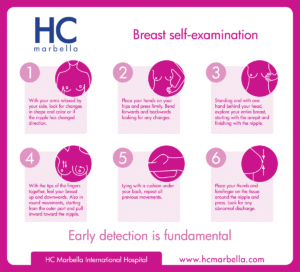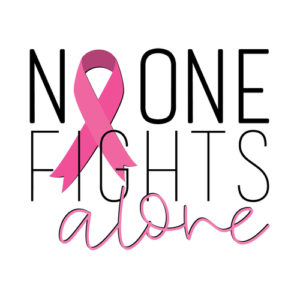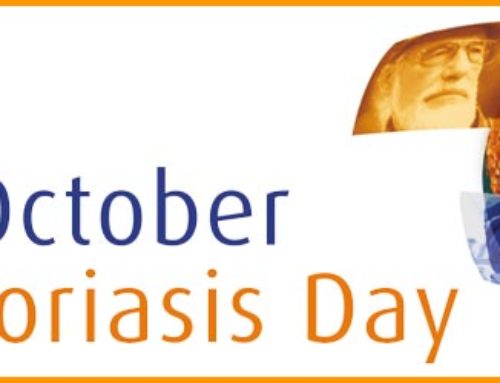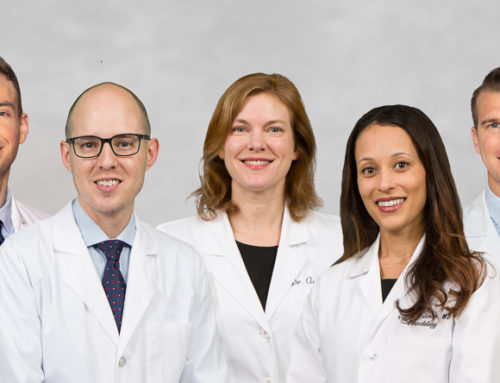October is Breast Cancer Awareness month. This annual month-long campaign is designed to bring awareness to one of the most common cancers, aside from skin cancer, in women. Each year in the United States, more than 250,000 women will be diagnosed with breast cancer, and roughly 42,000 women will die from the disease. Men can also get breast cancer, however not as common. About 1 out of every 100 breast cancers diagnosed in the United States is found in a man.
What is breast cancer?
Breast cancer is a disease in which malignant cells form in the tissues of the breast. The breast is made up of 3 main parts; the lobules, the ducts, and connective tissue.
- Lobules are the glands that produce milk.
- The ducts are tubes that carry milk to the nipple.
- The connective tissue, made up of fibrous and fatty tissue, surrounds and holds everything together.
There are different types of breast cancers, each determined by which cells in the breast have become malignant. Breast cancer can begin in different parts of the breast, most commonly the lobules or the ducts. Breast cancer can also spread outside of the breast through blood and lymph vessels resulting in metastasis.
Symptoms
Breast cancer exhibits different symptoms while some individuals may not experience symptoms at all. Early detection includes understanding these various signs and symptoms:
- Any change in how the breast or nipple feels such as:
- Nipple tenderness
- A lump or thickening in or near breast or underarm
- Any change in the breast or nipple appearance such as:
- Unexplained change in size or shape of the breast
- Dimpling in breast
- Unexplained swelling or shrinking, especially if on one side
- Nipple turned slightly inward or inverted
- The skin of the breast, areola, or nipple becomes scaly, red, swollen, or may have ridges or pitting present like that of an orange peel.
- Nipple discharge
- Clear or bloody discharge.
While many breast cancer symptoms are invisible and not noticeable without clinical screenings, some may be caught early just by being proactive about your breast health!
Risk Factors
Some main factors that affect your chance of getting breast cancer include:
- Being a woman.
- Being older. Most breast cancers are found in women 50 years or older.
- Having changes in your BRCA 1 or BRCA2 genes.
How Can I Lower My Risk?
There are many factors that can influence your breast cancer risk, but you can lower your risk by taking care of your health in the following ways –
- Keeping a healthy weight.
- Exercise regularly.
- Don’t drink alcohol, or limit your alcohol intake.
- If you are taking, or have been told to take hormone replacement therapy (HRT) or oral contraceptives, ask your doctor about the risks to determine if this is right for you.
- Breastfeed your children if possible.
- If you have a family history of breast cancer or inherited changes in your BRCA1 and/or BRCA2 genes, talk to your doctor about other ways to reduce your risk.

In recent years, there has been a gradual reduction in female breast cancer incidence rates among women 50 years and older. This is likely due to the decline in prescriptive HRT after menopause. Since 1990, death rates from breast cancer have been declining as a result of better screening, early detection measures including monthly breast self exams (BSE), clinical breast exams, and mammogram, increased awareness, and the continuation of improving treatment options.
Get Involved
Actively support the fight against breast cancer today. Visit https://ww5.komen.org/GetInvolved/Participate/Participate.html for more information. 
Additional Educational Resources:
- https://www.nationalbreastcancer.org/educational-guides/
- https://www.cdc.gov/cancer/breast/resources/index.htm









